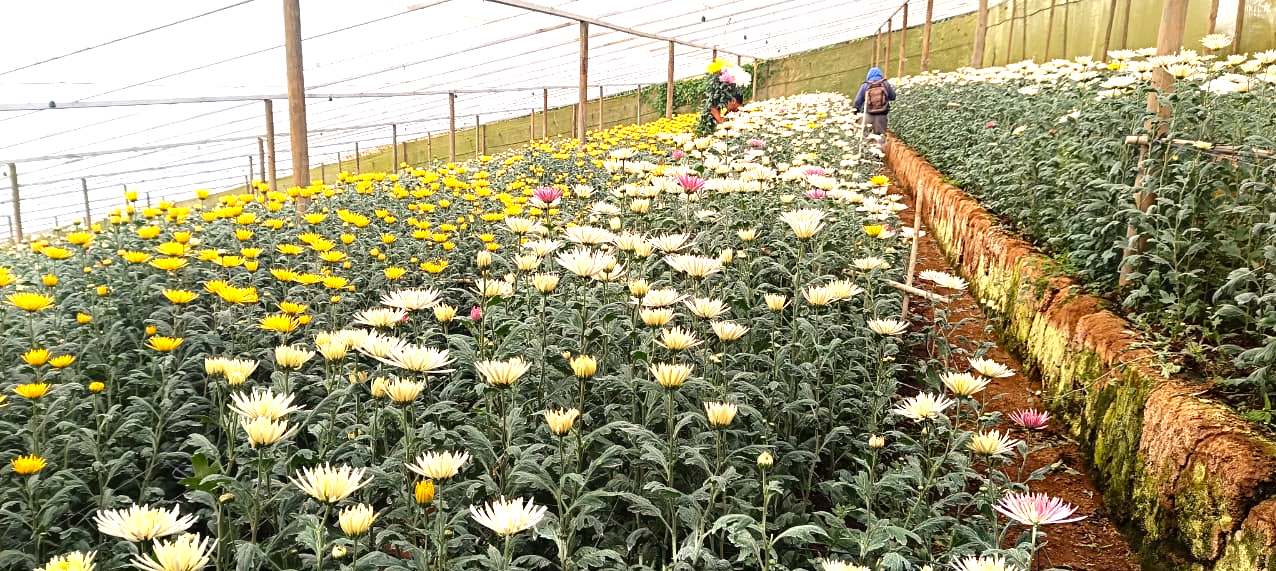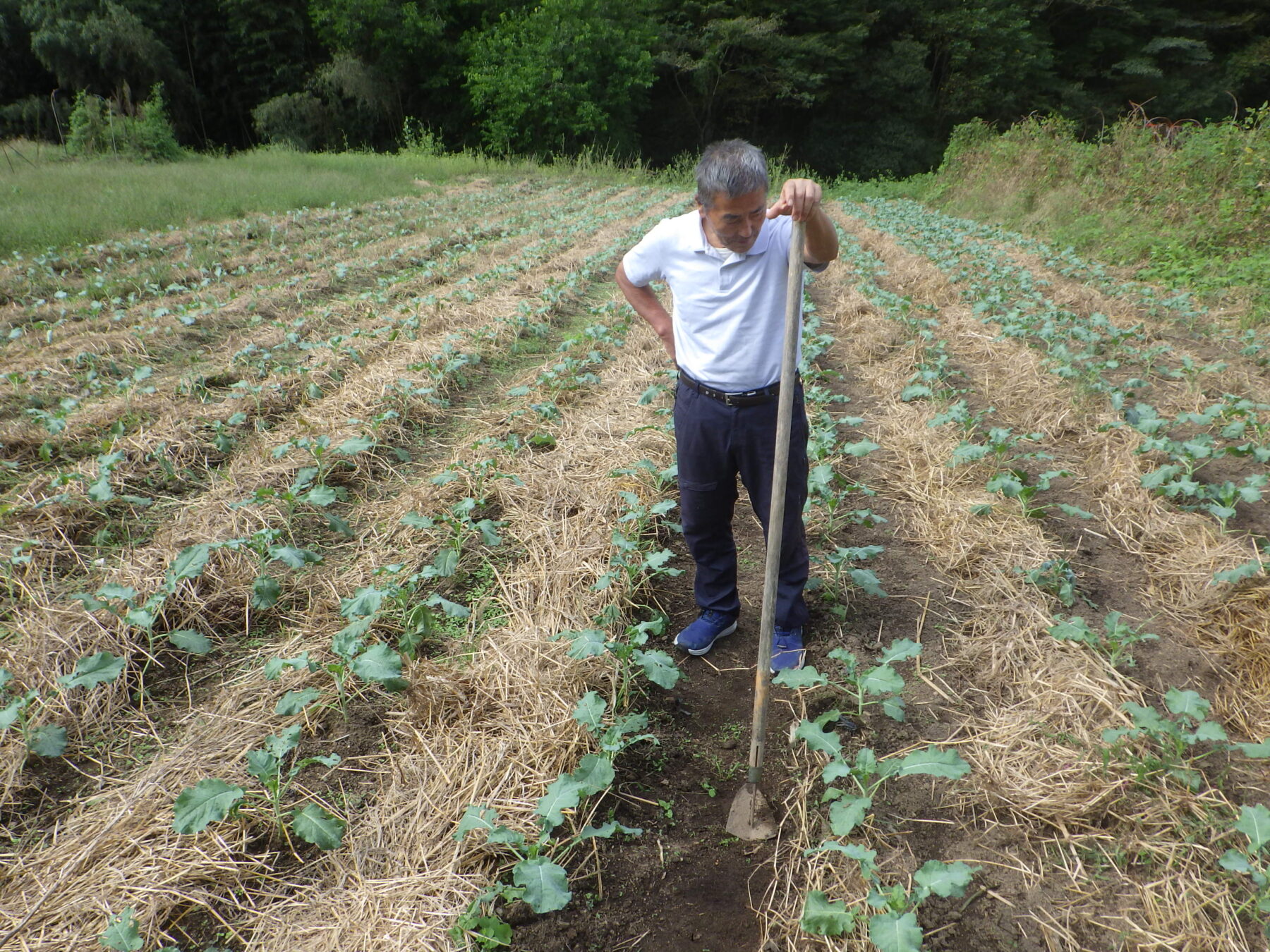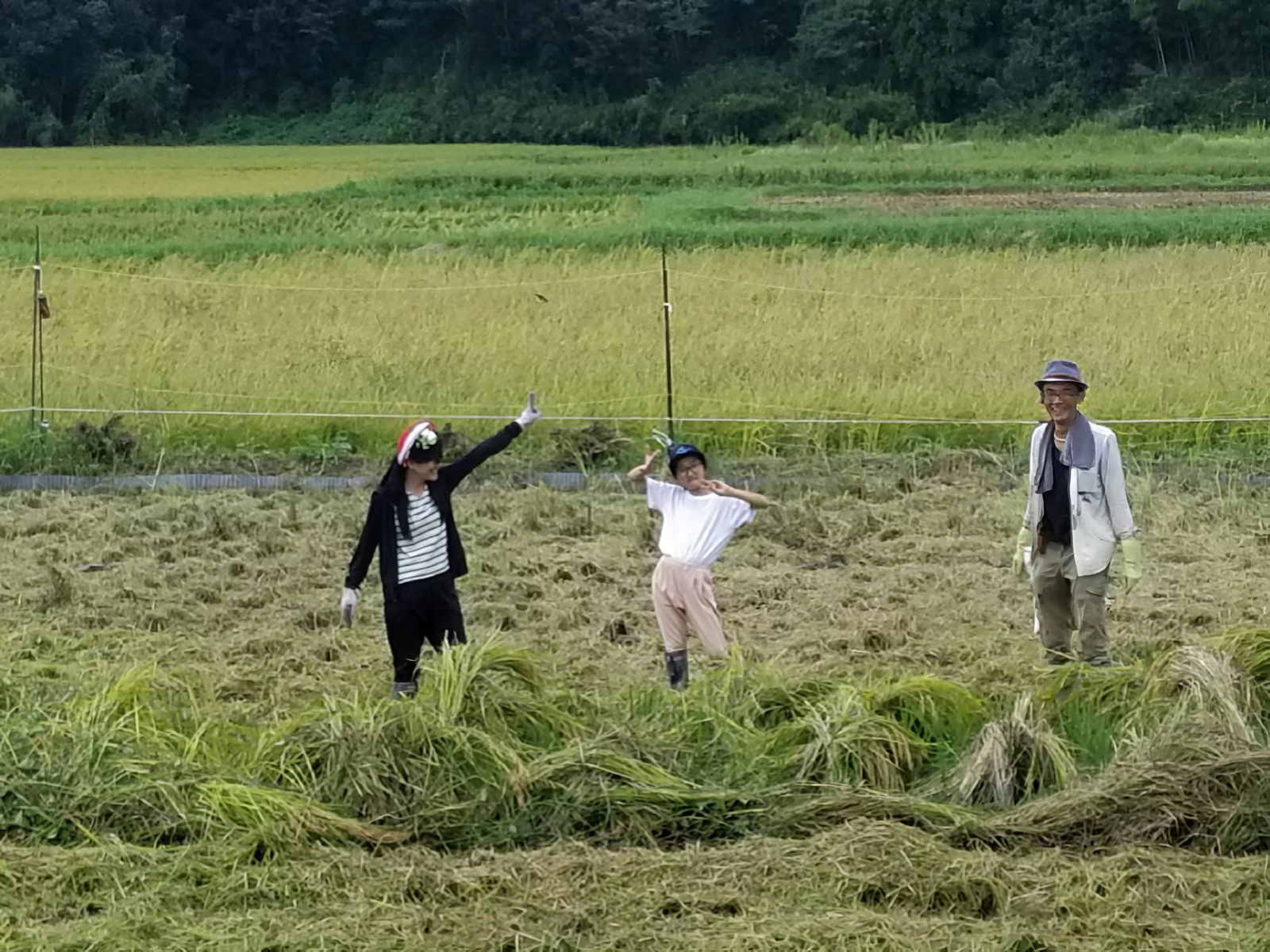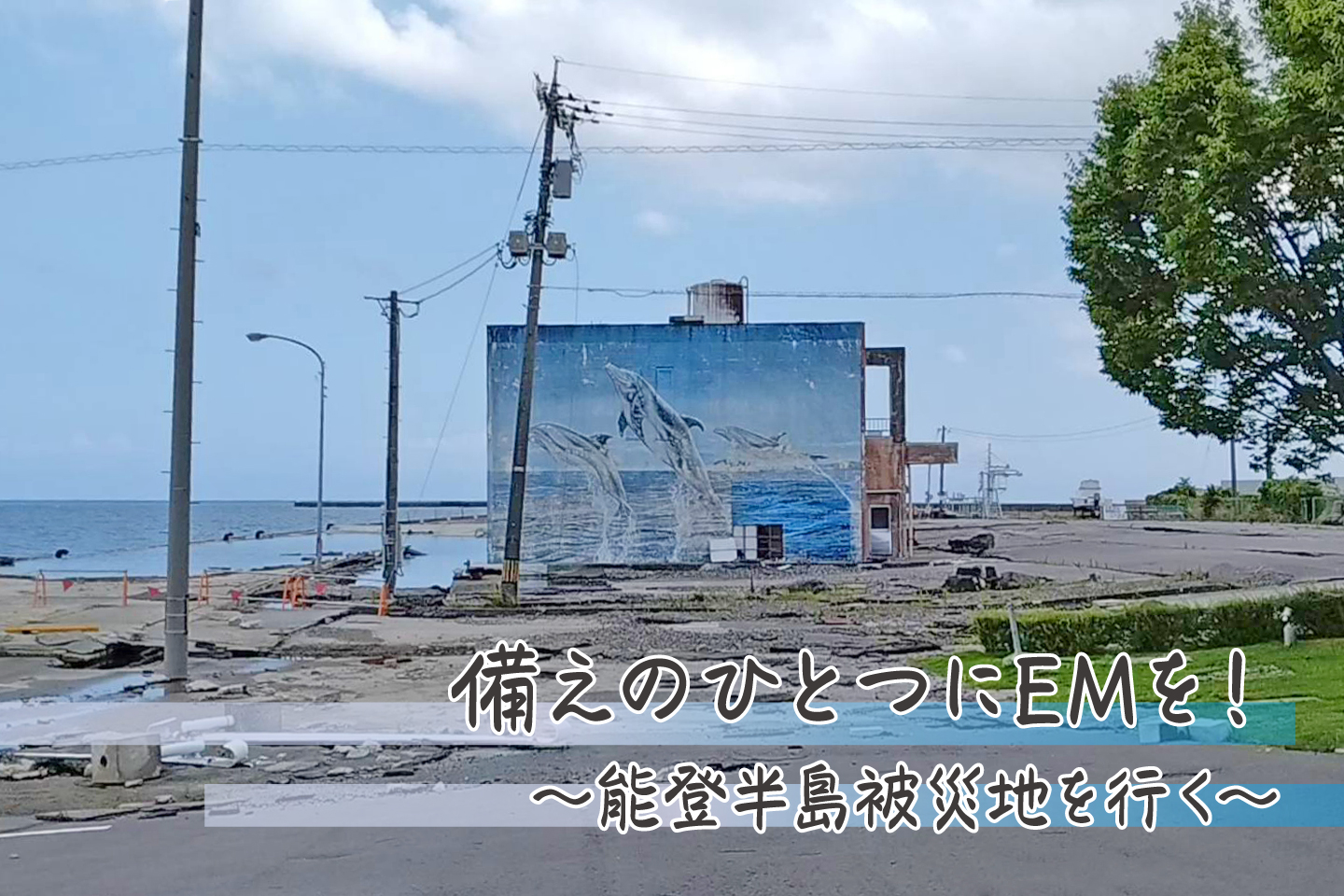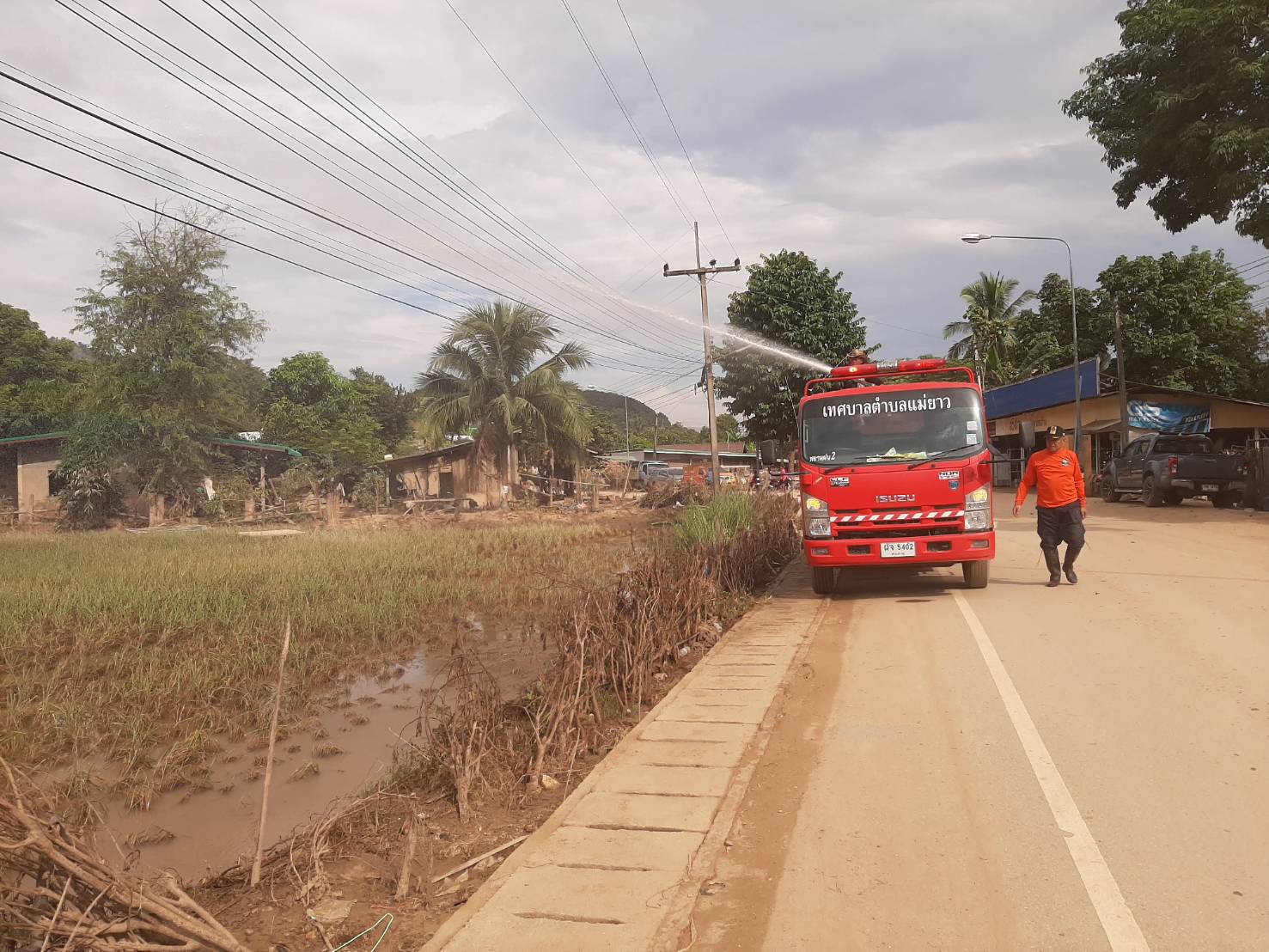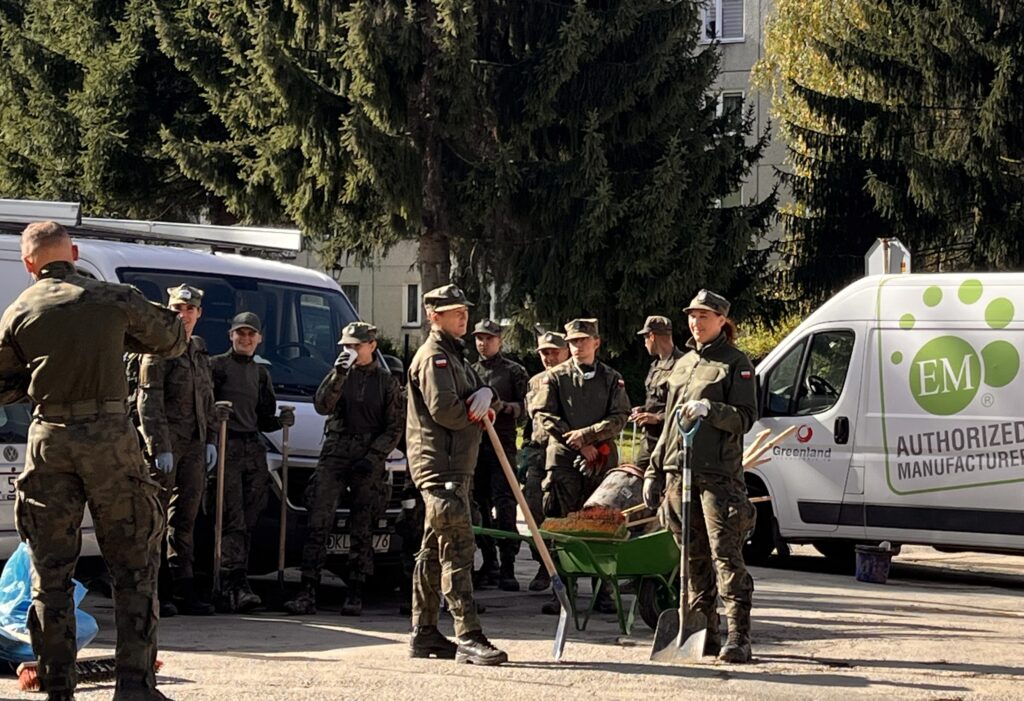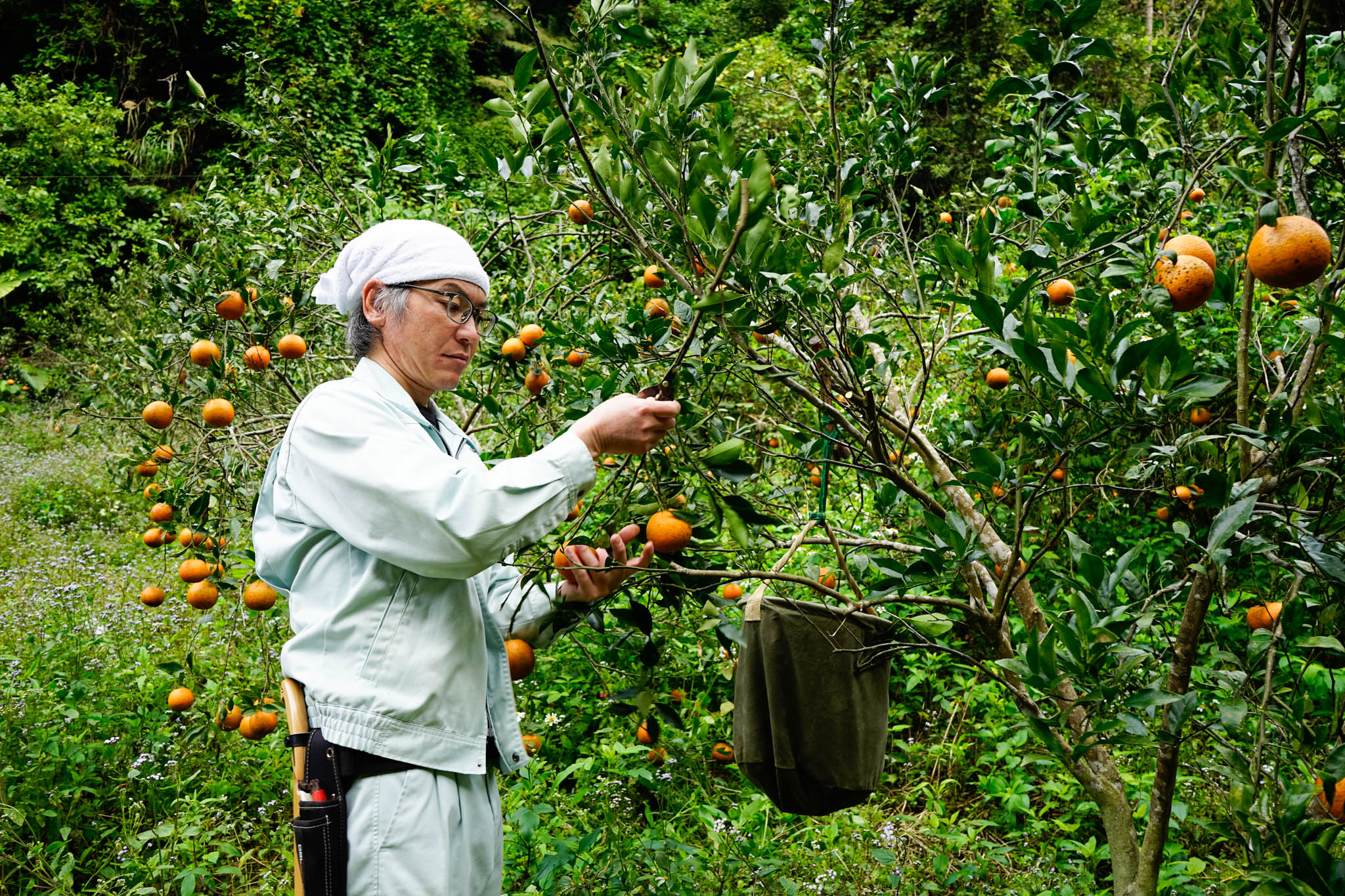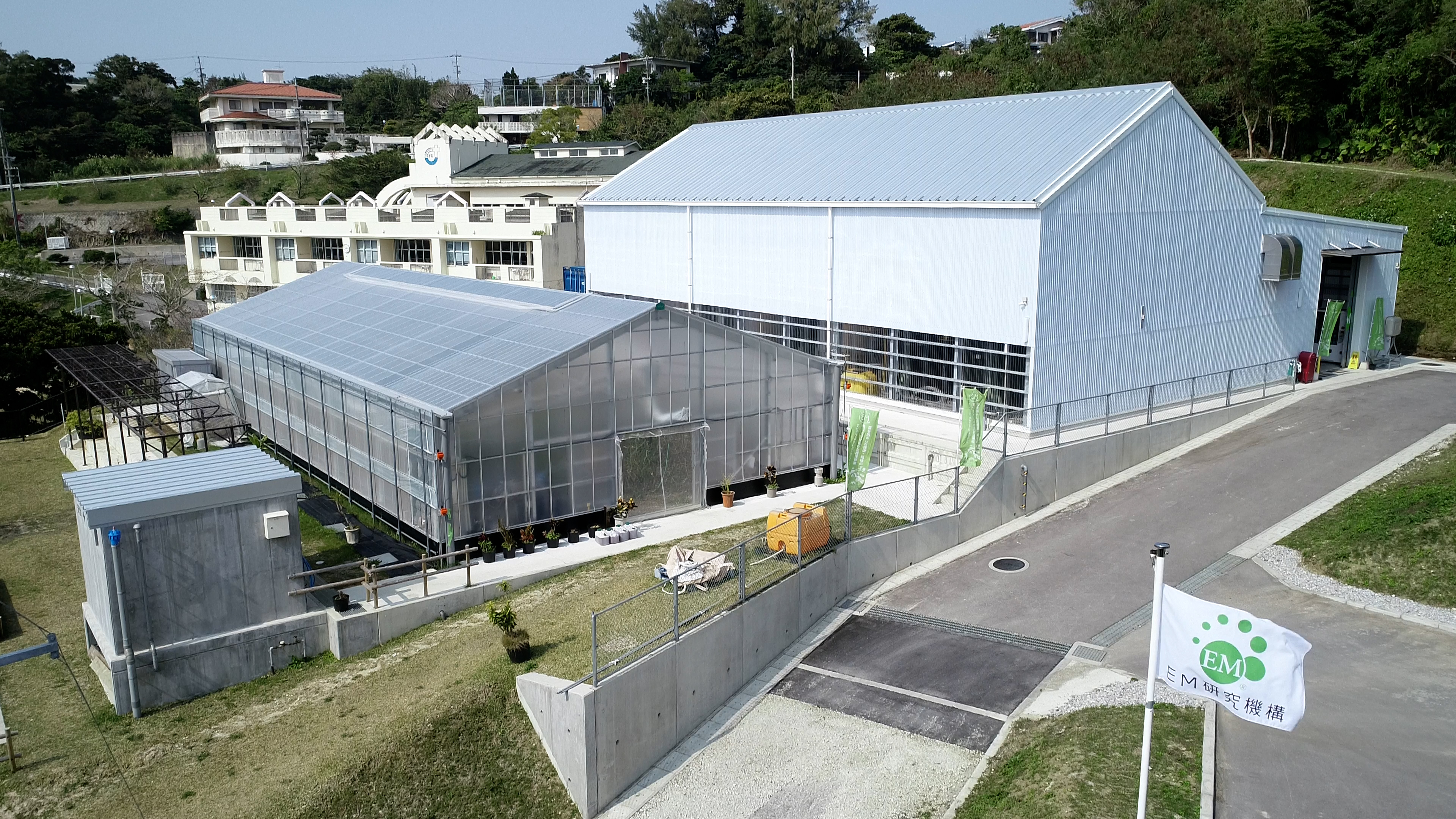Case Studies
EM Support Projects in Tsunami affected area 2013
Japan
Activities Report from Fukushima
The severe secondary disasters caused by the earthquake and tsunami at the Fukushima Daiichi nuclear power plant, leading to radioactive contamination of a huge region in Eastern Japan. Residents living in the area, 20km zone from the Fukushima Daiichi nuclear power plant, were forced to move to other safe places. Fukushima is a very popular as the agricultural prefecture and farmers are still fighting against the radiation.
Cosmo Farm: large-scale decontamination and rice production with a large culture machine

Well-tanned Mr. Imaizumi and Mr. Yonekura of Cosmo Farm, Tamura City in Fukushima Prefecture, are busy with making rice paddies these days while being energetically involved in decontamination activities. It looks that soil is already in good condition, and they are spraying Activated EM•1 over it on regular basis. The east side of Miyakoji-machi, where Mr. Imaizumi resides, locates within 20km from the nuclear plant, and thus, is appointed as “cultivation-prohibited area.” Of course, their rice paddies are more than 20km away from the plant, however, they have to use cesium countermeasure material and chemical fertilizer to make soil, unlike the other area.
Furthermore, they give advice to many of evacuated farmers about decontamination with EM and the effect of EM, and they are planning to invite Dr. Higa for a seminar. To solve the “mold” problem which is a huge issue for those who live in tentative housing, they also think that using EM could be effective. Mr. Imaizumi’s house is a log house, which perfectly suits its surroundings, and it still has fresh tree aroma and warmth even after 10 years, probably because he sprays Activated EM•1® on it, along with his farms and mountains.
Furthermore, they give advice to many of evacuated farmers about decontamination with EM and the effect of EM, and they are planning to invite Dr. Higa for a seminar. To solve the “mold” problem which is a huge issue for those who live in tentative housing, they also think that using EM could be effective. Mr. Imaizumi’s house is a log house, which perfectly suits its surroundings, and it still has fresh tree aroma and warmth even after 10 years, probably because he sprays Activated EM•1® on it, along with his farms and mountains.
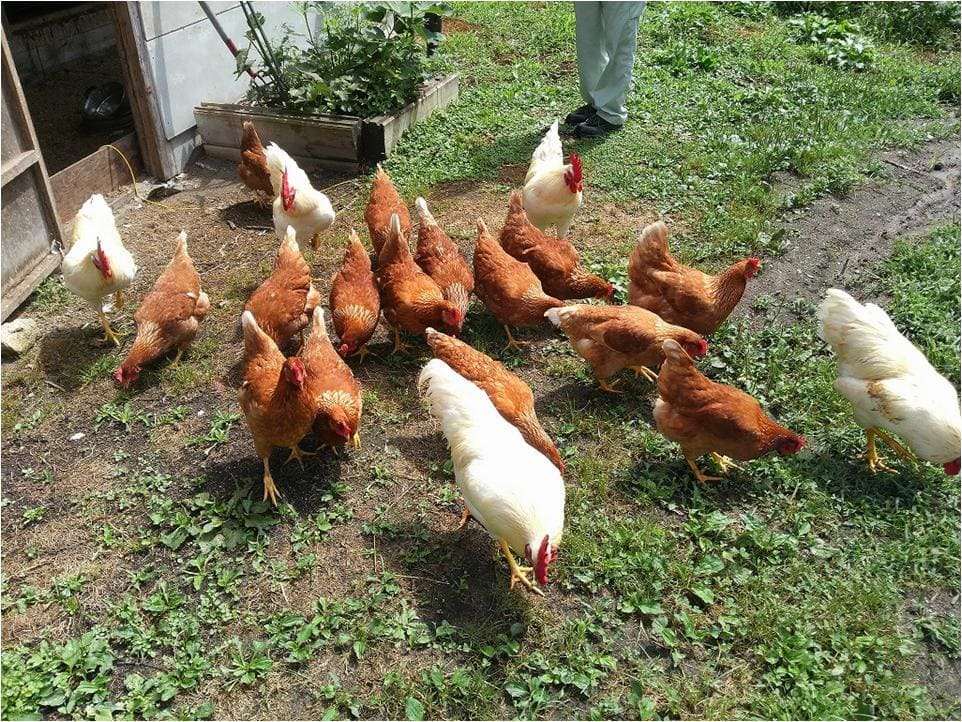
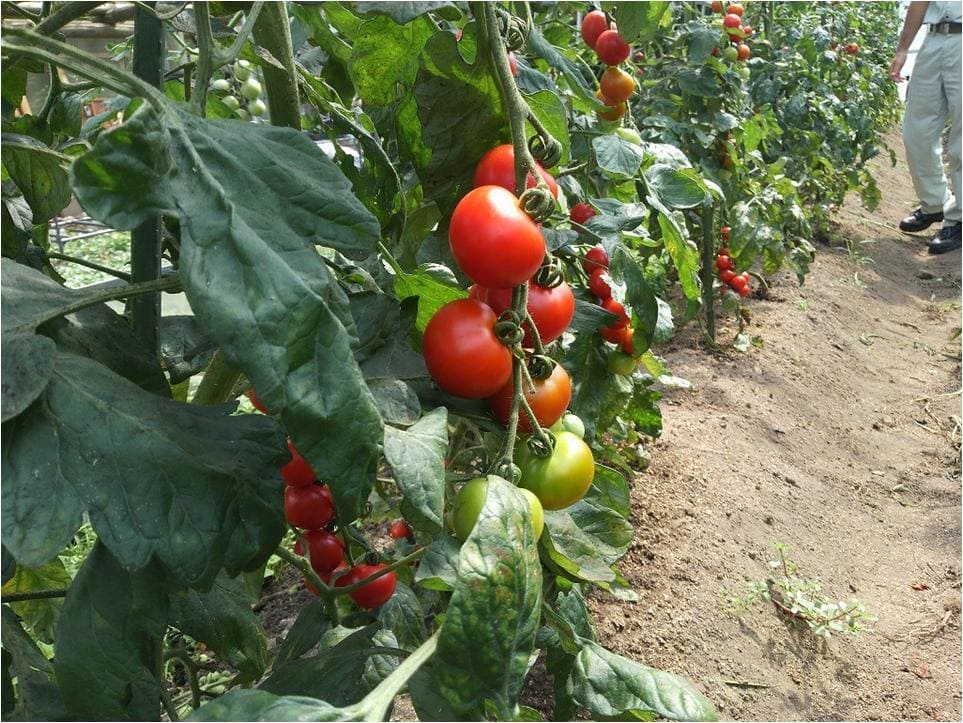
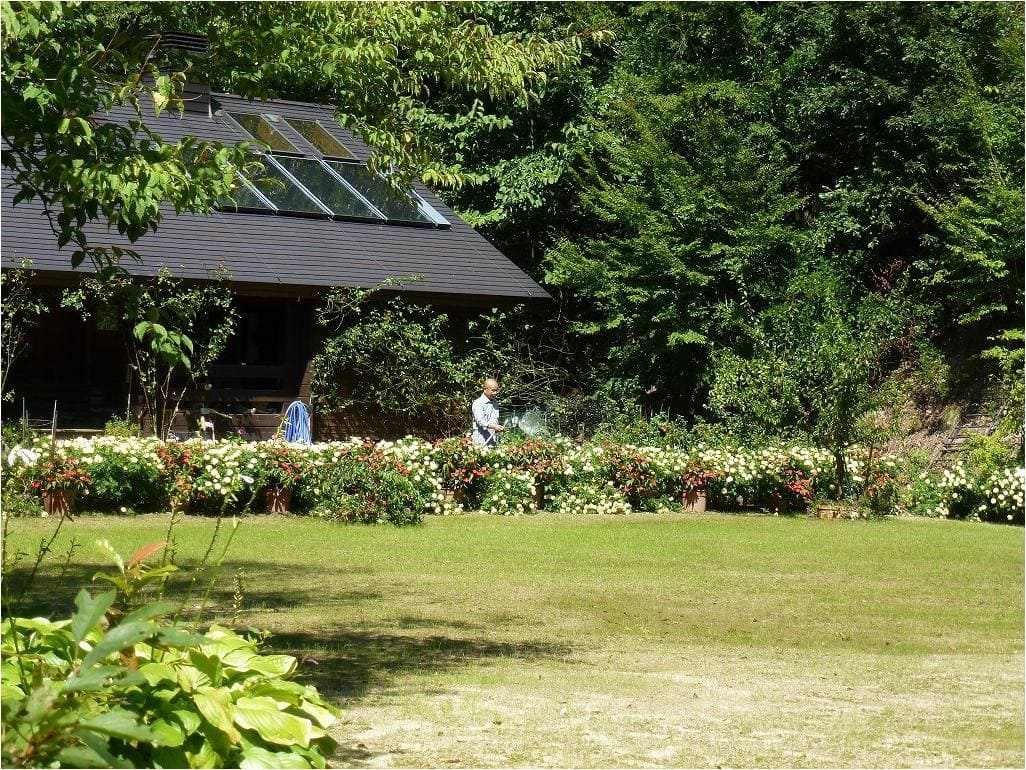
Ishii Farm: The secrets of lettuce greenhouse farmers who face sales decrease
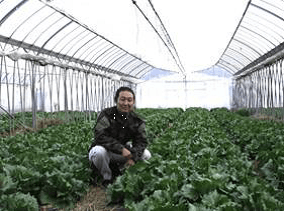
A lot of lettuce is being cultured in the green houses of Ishii Farm, Sakagawa City in Fukushima. Even though the cesium check of their lettuce is “negative,” the sales has decreased to 80% even at the unattended shops after the disaster. However, as a result of improving the soil using EM Bokashi, swine excrement and botanical material fermented with EM, more customers started to give positive feedbacks such as “it’s tender and sweet, and has no bitterness.” They are planning to enlarge the greenhouse farm, weighing much on “the cycle of local production for local consumption” for the years ahead. Their main produce is cucumber in summer, and lettuce in winter, and the produce is always labeled with “EM Bokashi Cultured” sticker upon shipping.
EM Materials Applied
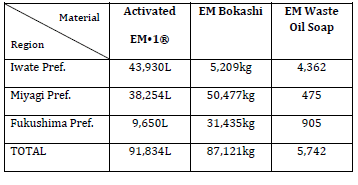
EM Materials Applied EM Support Project Team for Tsunami Reconstruction has received EM-related materials such as AEM•1 (Activated EM•1, also known as EMAS) and EM Bokashi from EM volunteers around the country. The NPO Group U-Net has assisted the carriage of these materials for using at the affected areas. The materials received from throughout the country as of October 2013 are:

EM materials donated by EM Research Organization, Inc. and EM Seikatsu Co., Ltd. free of charge for this project are as follows (as of October 2013):
(Updated on November 16, 2013)
